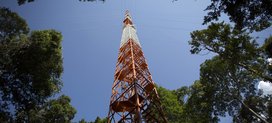
ATMO-ACCESS TNA grantees Warsaw 2022
Warm welcome at the Warsaw Observatory Station (WOS) in the Remote Sensing Lab (RS-Lab) unit to the visiting researchers Camilla Kassar Borges, Rayonil Gomes Carneiro, Jesús Abril Gago and Juan Luis Guerrero Rascado – the grantees of the Trans-National-Access (TNA), of the ATMO-ACCESS Integrating Activity project under grant agreement No 101008004, funded by the European Union Horizon 2020 Research and Innovation Programme.
The main goal of the ATMO-ACCESS TNAs is to offer young scientists access to the most advanced atmospheric research facilities in Europe. In particular, to demonstrate how to use the ground-based as well as elevated observation stations, atmospheric simulation chambers, mobile facilities, or central atmospheric science laboratories to enhance ongoing research, development, or innovation activities regarding air pollution.
In the frame of the ATMO-ACCESS TNA program our visitors from Spain, Jesús Abril Gago and Juan Luis Guerrero Rascado (remote access to the WOS facility) in collaboration with the team members of the RS-Lab, are realizing the ICARUS (Implementation of Combined lidar techniques for the retrieval of Aerosol fluxes in Rural and Urban Sites) project. ICARUS is focused on the study of aerosol particle fluxes within the atmospheric boundary layer using different lidar techniques such as Doppler lidar and Mie-Raman lidar, including a comparison of the fluxes in rural and urban sites.
The second TNA project BOLUAR (Structure and dynamics of the planetary boundary layer in urban environment ecosystem) led by Rayonil Gomes Carneiro and Camilla Kassar Borges from Brazil aims at obtaining new knowledge about turbulence within the boundary layer and the relation with atmospheric pollution in urban environments, such as Warsaw agglomeration. They join work with RS-Lab team members for combining methods of detection of the Planetary Boundary Layer (PBL) physical properties with the Large Eddy Simulation (LES) model. Moreover, a feasibility study for the implementation of an Eddy-Covariance system in the WOS is done to improve the knowledge of the spatial-temporal variability of turbulent fluxes and aerosol concentration of the surface atmosphere interface in the urban ecosystem of Warsaw.
The ATMO-ACCESS TNA for physical access is coordinated by Łucja Janicka and for remote access by Dominika Szczepanik. Pablo Ortiz Amezcua is the host researcher of the ICARUS TNA and Iwona S. Stachlewska of the BOLUAR TNA. Wojciech Kumala provides the technical support. Other team members involved are PhD students Emeka Ugboma, Maciej Karasewicz, and Patryk Poczta.
The TNA-related research activities are carried out at the Warsaw Observatory Station (WOS), which belongs to the Observational Platforms block of the Aerosol Cloud and Trace-gases Research Infrastructure (ACTRIS). The WOS located in the urban agglomeration of Warsaw was established in 2013. It is a research facility of the Institute of Geophysics of the Faculty of Physics at the Research University of Warsaw. It is composed of three laboratories: Remote Sensing Laboratory (RS-Lab), Radiation Transfer Laboratory (RT-Lab) and Fluid Dynamics Laboratory (FD-Lab) with collocated ground-based as well as elevated (25m) observational platforms.
The WOS provides electronic workshops, optical clean rooms, seminars and social rooms where users can deploy their own instruments. It is equipped with sensors providing information on aerosol optical properties and water vapour that permit measurements within the free troposphere and in the boundary layer over Warsaw.
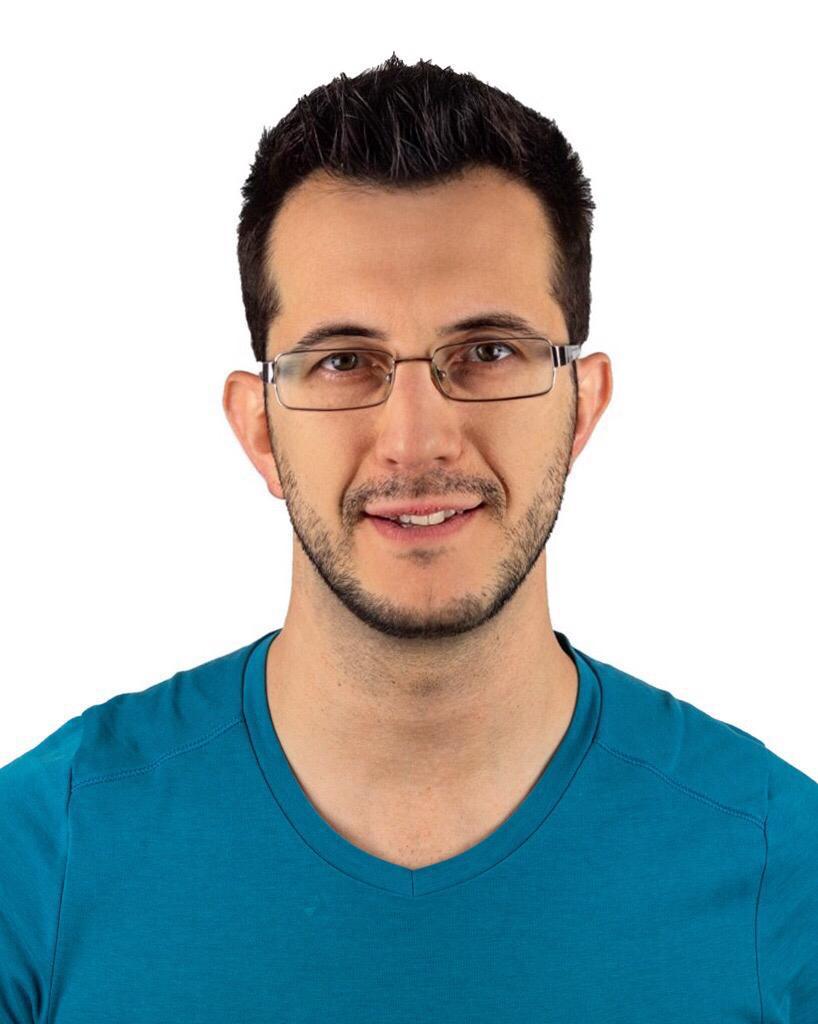
Juan Luis Guerrero Rascado, PhD
The University of Granada, Department of Applied Physics | UGR
Skills and expertise: Precipitation, Atmosphere, Air Quality, Atmospheric Physics, Aerosol Physics, Remote Sensing, Environmental Studies, Measurement, Instrumentation
A tenured professor of Applied Physics at the University of Granada (UGR) with more than 18 years of research experience especially in aerosols physics and its profiling by remote sensing. Actively contributing to continental networks such as ACTRIS, EARLINET, LALINET, CLOUDNET and MWRNET, and deputy at ACTRIS/EARLINET. He started his PhD in 2004 at UGR with an FPU predoctoral fellowship. He obtained his Advanced Studies Degree (2006), M.Sc. in Geophysics and Meteorology (2007) and M.Sc. in Methods and Advanced Techniques in Physics (2008). He performed 3 research short stays in 2006 and 2007 in Portugal and Italy, the latest collaborating with EARLINET’s co-ordinating group to implement state-of-the-art algorithms for aerosol profiling. His PhD dissertation (Nov. 2008) examined the vertically-resolved aerosol optical properties, establishing the first multiwavelength lidar station over Southern Spain, which promptly become a reference site at the European level. He continued with a first post-doc position at UGR to develop cal/val activities for the NASA Calipso mission. He moved to the Univ. Évora (Portugal) as a postdoctoral researcher, leading the Portuguese activities in cloud profiling studies by lidar data for more than two years, both in Portugal and Antarctica. In January 2012, he obtained a postdoctoral position and joined the Applied Physics department of the University of Granada. He has since progressed in the station to a very selective 5-year contract (2014) and Tenured Professor (Nov. 2018), and developed a line of investigation regarding advanced aerosol optical and microphysical properties pro-filing, focusing on the atmospheric boundary layer (ABL) both in Europe and South America. He has performed research stays in different institutions and countries since 2010, covering more than 45 months. Since 2012, he is an effective consultant and scientific collaborator of the LALINET, strengthening collaborations between ACTRIS-EARLINET and LALINET networks.
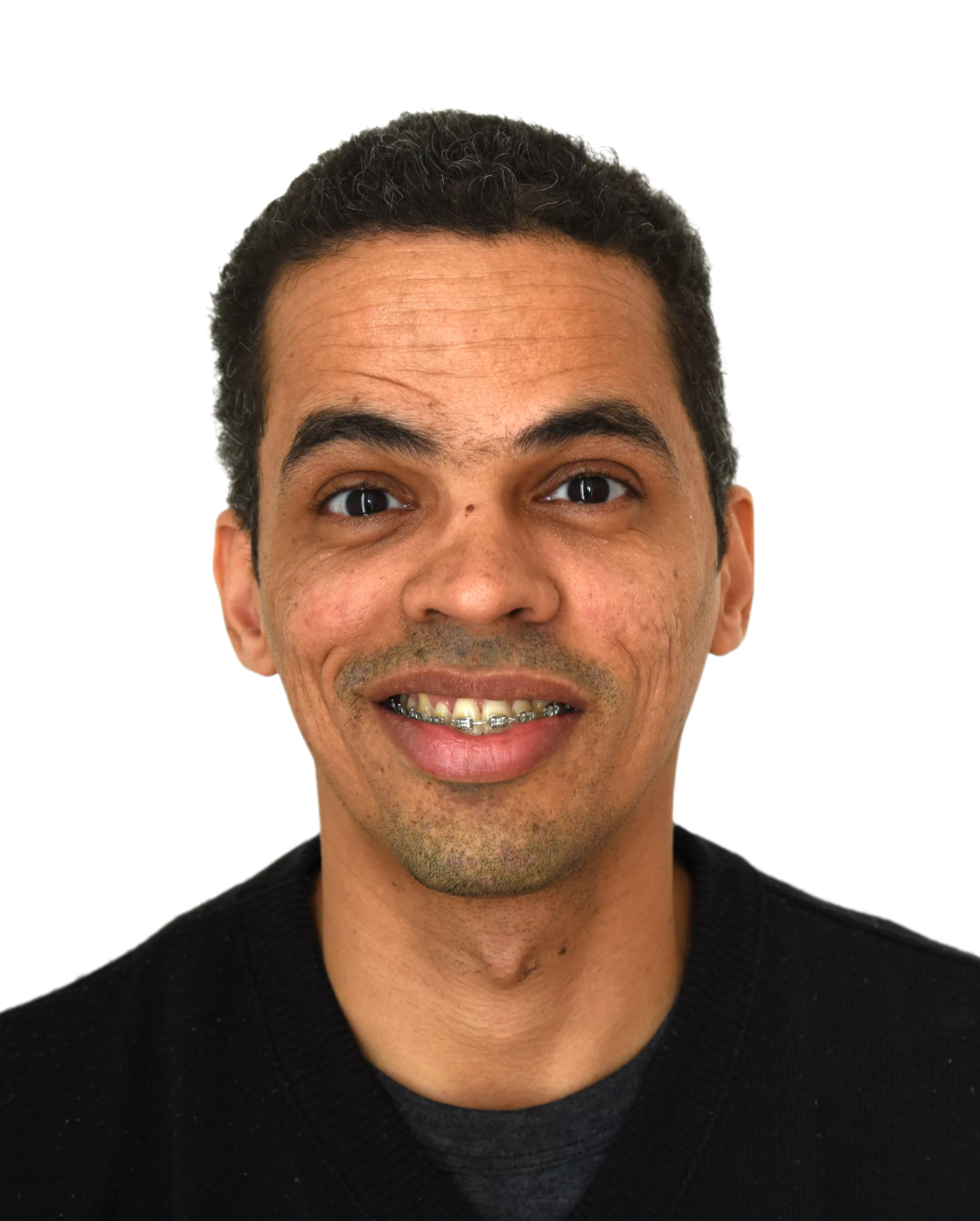
Rayonil Gomes Carneiro, PhD
National Institute for Space Research, Brazil | INPE Earth System Science Center
Skills and expertise: Micrometeorology, Boundary-Layer Meteorology, LES Simulation, Solar Radiation, Radiation, Forest Fragmentation, Environment, Eddy Covariance, Atmospheric Physics
Graduated in Meteorology from the Federal University of Alagoas UFAL in 2011. Master in meteorology from the Federal University of Campina Grande UFCG in 2014. PhD in Meteorology from the National Institute for Space Research INPE in 2018. Experienced in different areas of micrometeorology area, particularly in the atmospheric boundary layer that has developed in the tropical forest ecosystem, solar radiation, and surface-atmosphere interaction, in different Brazilian natural biomes: Amazon and Atlantic forests, and seasonally very dry tropical forest (Caatinga). Currently working at the National Institute for Space Research in Brazil, conducting the project “Observational and numerical study of the planetary boundary layer cycle for the central Amazon region Project” and performing boundary layer and surface fluxes studies from high-frequency data and modelling through the LES-PALM model at the Amazon Tall Tower Observatory (ATTO). Previously worked in experimental campaigns “Environmental impact resulting from the destruction of the Atlantic Forest in Alagoas-Brazil” (2009 – 2016), “Monitoring the carbon stock in preserved and degraded Caatinga ecosystems” (2018), “The Green Ocean Amazon” (2014, 2015). The project “A review of the non-carbon roles of Tropical Forests of South America” developed research on ecosystem services in tropical biomes (Amazon, Tropical Savanna – Cerrado, and Atlantic Forest).
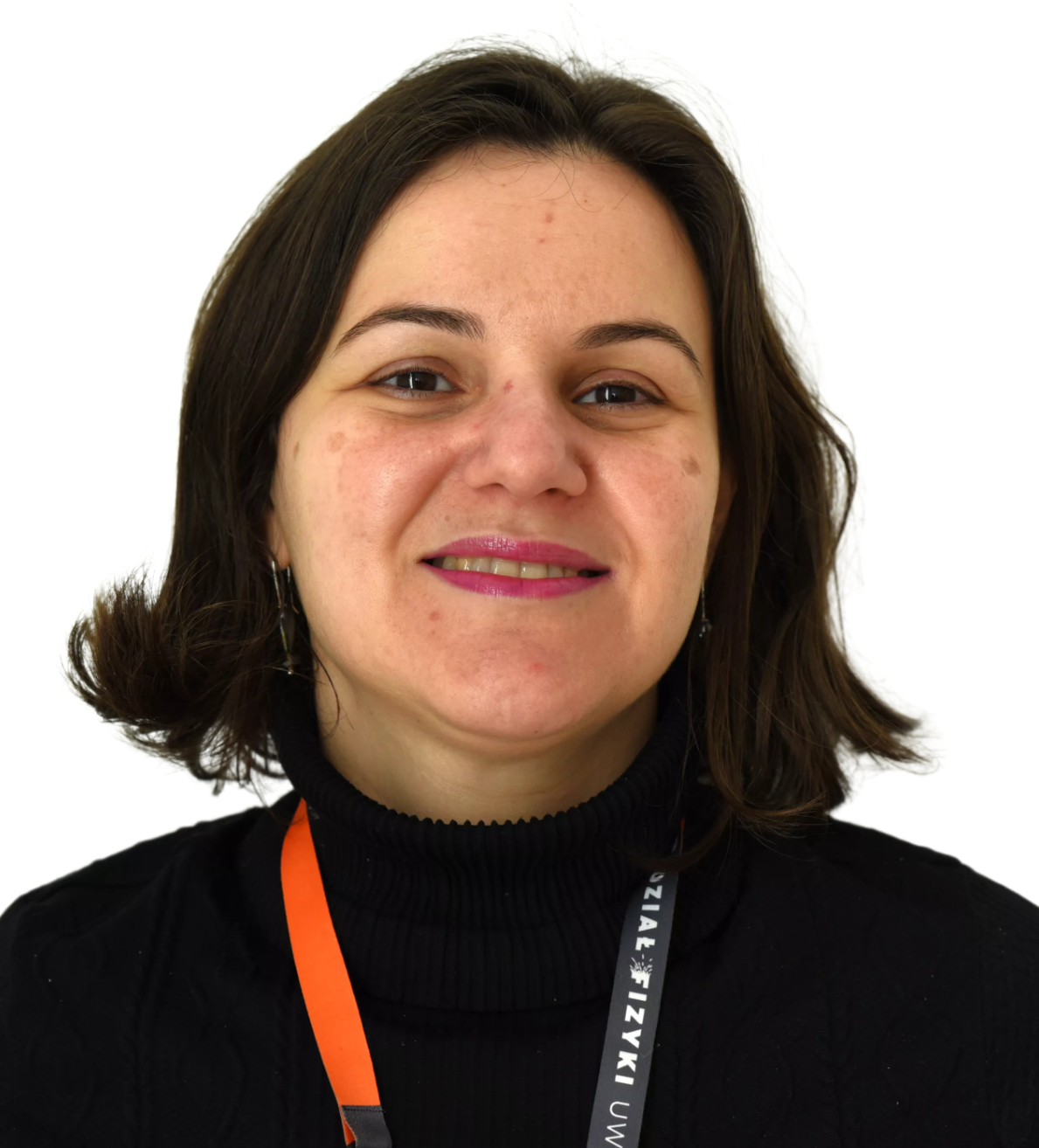
Camilla Kassar Borges, PhD
Universidade Federal de Campina Grande, Brazil | UFCG
Skills and expertise: Micrometeorology, Environmental Remote Sensing, Environmental Physics as well as Eddy Covariance, energy and radiation balance at surface, and remote teaching platforms (e.g. Moodle, AVA learning environment, Big Blue Button classroom
Degree in Physics from the Federal University of Mato Grosso (UFMT) in 2007. Master in Meteorology from the Federal University of Campina Grande (UFCG) in 2013 and PhD in Meteorology from the Postgraduate Program in Meteorology at the Federal University of Campina Grande (UFCG) in 2017. Has experience in Geosciences, with emphasis on Meteorology Applied to Remote Sensing, Micrometeorology and Environmental Physics, particularly with the topic: turbulent exchanges between biosphere-atmosphere through the technique of Eddy Covariance in the Caatinga biome (typical Brazilian biome of the semiarid region). Experienced with teaching remote classes for the engineering and technologies courses, in the Multidisciplinary Project subject at the Aprimorar Educacional S.A. college, in São José dos Campos, São Paulo.
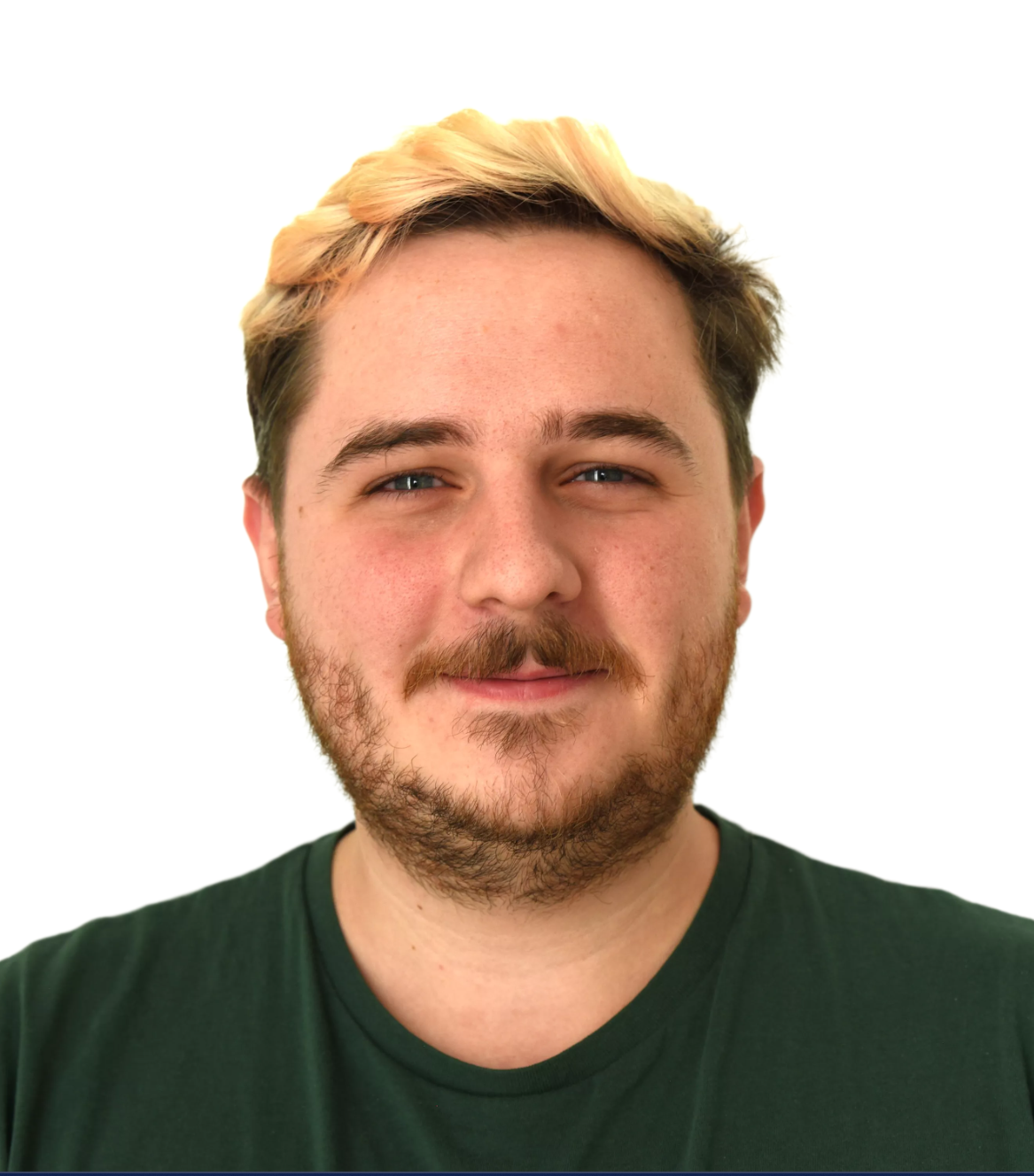
Jesús Abril Gago, MA
The University of Granada, Andalusian Institute for Earth System Research | IISTA-CEAMA
Skills and expertise: satellite atmospheric data, remote sensing of the atmosphere, instrumental fieldwork
Bachelor's Degree Theses on Electronics and Atmospheric Physics at the University of Extremadura in 2019. Master's Degree Thesis on remote sensing of the atmosphere at the University of Granada in 2020. Experienced with working with the European Space Agency satellite Aeolus. Member of the Atmospheric Physic Research Group of the University of Granada within the European Youth Guarantee program. Participated in research at the Andalusian Institute for Earth System Research (IISTA) along with the research activities in field stations at the drylands as well as the Mojón del Trigo (Sierra Nevada) observatory. Awarded a predoctoral fellowship from the Spanish Ministry of Science and Innovation for his PhD project entitled “Exchanges between the atmosphere, ecosystem and vadose zone in drylands: remote sensing and eddy covariance techniques” under the Physics and Space Science PhD program of the University of Granada.
Originally published on - Oct. 14, 2022, 8 a.m.
Last update on - Nov. 15, 2022, 3:27 p.m.
Publisher - Sekretariat IGF
PHOTO GALLERY
